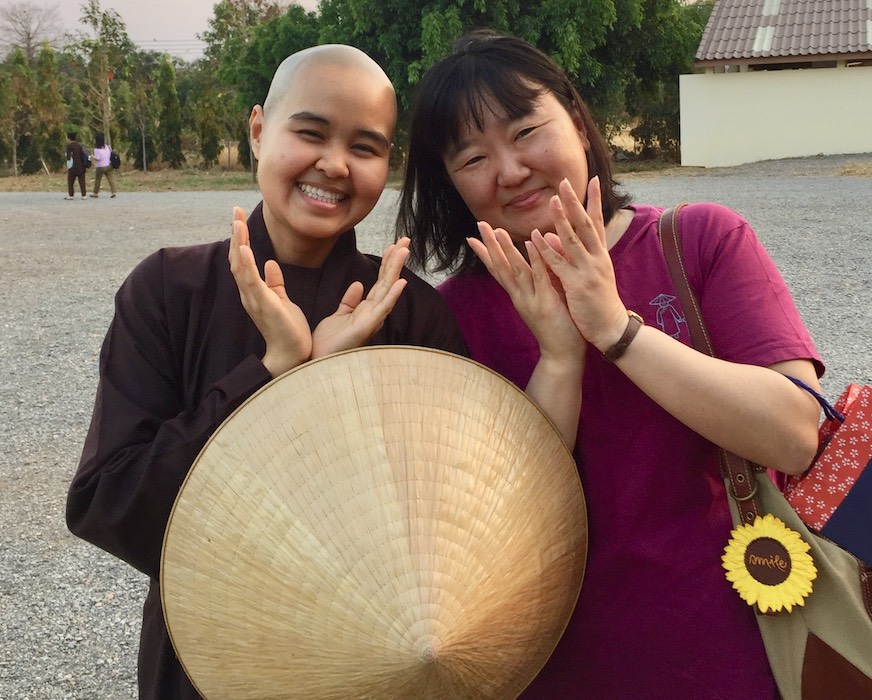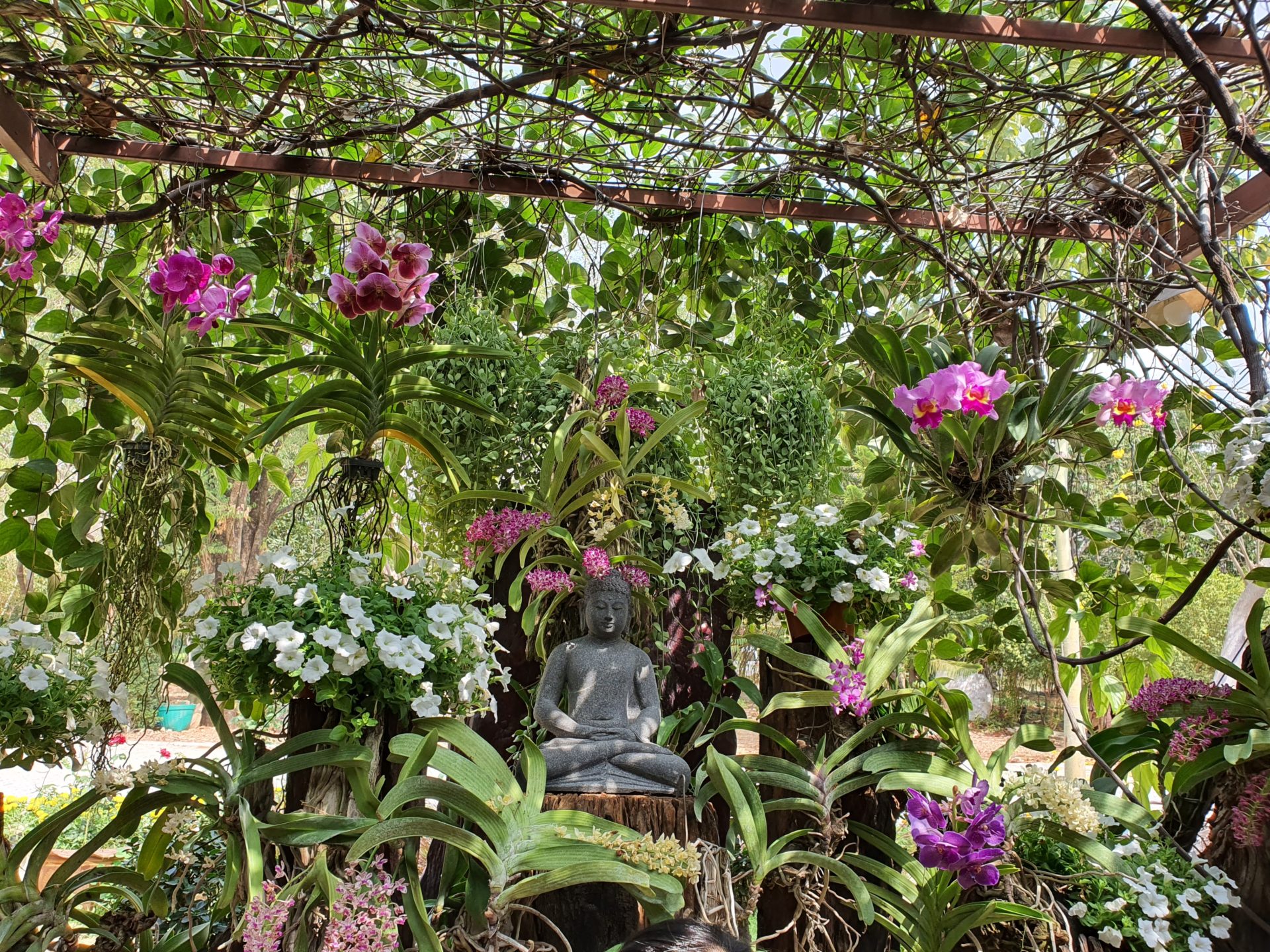By Kumiko Jin

On the evening of the fourth of April, I watched a news program on TV that covered horrible news about the pandemic and described the increasing number of patients in Japan. To demonstrate how scary the pandemic was, they reported a case in which a man was infected simply by touching a screen in the train station.
By Kumiko Jin

On the evening of the fourth of April, I watched a news program on TV that covered horrible news about the pandemic and described the increasing number of patients in Japan. To demonstrate how scary the pandemic was, they reported a case in which a man was infected simply by touching a screen in the train station. They reported how the medical system in New York City was overloaded, and people who got COVID-19 in Ecuador died on the streets because not enough beds were available for them in the hospitals. After I watched the news, fear arose in me.
Until then, I had been mostly calm and at peace. In March I spent most days working at school as the Japanese government had not announced a lockdown. We were encouraged not to go outside if it was not necessary or urgent, but many people still went to work. I am a high school teacher, and schools were closed for students from the beginning of March. But teachers had to do grading and prepare documents. Teachers also had important meetings regarding assessments, and that was something we were not allowed to discuss via online communication tools. So, in March, I went to school like many other Japanese people. I missed my students, and I realised they meant a lot to me.
When the pandemic became a real threat in early March, I became more aware of what I touched unconsciously. I unconsciously touched my face, the train strap, and the handrail on the escalator. I thought about how many things the pandemic and mindfulness require of us. We need to wash our hands carefully and consciously. We need to be aware of what we touch and what we are doing.
When I threw trash into the bin in the workplace, I considered where the trash was going. Who would collect this trash? Did they take a risk collecting the trash I threw out? Did they have family? Was it okay for them to risk coming here to collect trash? It was the first time I ever considered the life of trash collectors. If they didn’t work for us, we would be in trouble. Even though I hadn’t recognized it, a lot of essential workers were around me. The pandemic shed some light on the connections and things that support my life. I have become more grateful and more aware of the nature of interbeing. Sometimes I felt uncomfortable when people were very close to me on the crowded train in Tokyo, but I would come back to my breathing and smile to my fear. I thought I wasn’t so scared.
But when I watched the news on the fourth of April, I went back to my room and back to my breathing. When I started with “Breathe in,” something in me called, “You should be with me right now!” My fear was calling me, so I sat with it for a while. I said to my fear, “I know you are there. It’s okay to be here with me. I am here for you. You can stay as long as you want.”
I opened the door to the living room in my heart to allow my fear to enter. I stayed with my fear, and I also invited mindfulness, compassion, peace, stillness, and joy; I asked them to help me. I asked each one of them, “Are you there?” and they answered, “Yes, we are here for you.” I felt calmer.
I stood up and did walking meditation while praying for myself: “May I be in peace. May I stay safe. May I be calm. May I be happy. May I smile to fear.” One step, one wish. Then I started to pray for people around me, one by one. My family, friends, my students, Sangha friends, and Plum Village brothers and sisters—as many as I could think of. Maybe I took more than one hundred steps in my room. I could feel peace in me. My fear was still in me, but it was okay when I could be with my peace and stillness. I found that they can coexist peacefully when I don’t deny their presence.
I contemplated the roots of my fear. I had become scared of being infected or dying of COVID-19 ever since I watched the news, and I had become aware of how painful it was for patients with COVID-19 to breathe. I was scared that a disease I had contracted last year would recur. Watching scary news watered the seed of fear in me. I realised it was necessary to be aware of what I took in. I needed mindful consumption. I remembered it is really important to select the seeds I will water in my store consciousness. I decided to limit the time I spent watching the news and spend more time enjoying nature and being grateful.
Fear of disease is spreading strongly. It’s spreading faster than the pandemic itself. People have more fear, stress, anger, and frustration because of the current situation. I feel now is the time when “right mindfulness” is more significant than ever. Mindfulness has become an essential competency that helps us to stay peaceful and calm rather than being controlled by fear of disease. Peace in oneself is important especially when people around us are agitated.
Breathing is non-local; it has the capacity not only to connect our body and mind, but also to connect us with people who are distant from us. Even though we must maintain social distance, we can feel our connection through breathing. When I have online lessons with my students, we spend the first two or three minutes coming back to our breathing so we can be calm and feel connected. They have shared that it helps them feel warm and calm. It has also helped me a lot since I can feel I am with them.
As human beings, we need connection even when we have to stay home and maintain physical social distance. Mindfulness enables us to feel connected and lets us stay at home at the same time. Thay’s calligraphy in my room says, “There is no way home. Home is the way.” I feel now is a good opportunity for mindfulness practitioners to come home and see our interbeing nature. I know this is a very challenging moment for all of us, but I feel the “mud” can create a “lotus”—more connection as one family on the earth.
Kumiko Jin, Inclusive Mountain of the Heart, is a member of the Wind of Smile Sangha in Tokyo, Japan and Wake Up Schools. She organizes educator Sangha gatherings in Japan.

